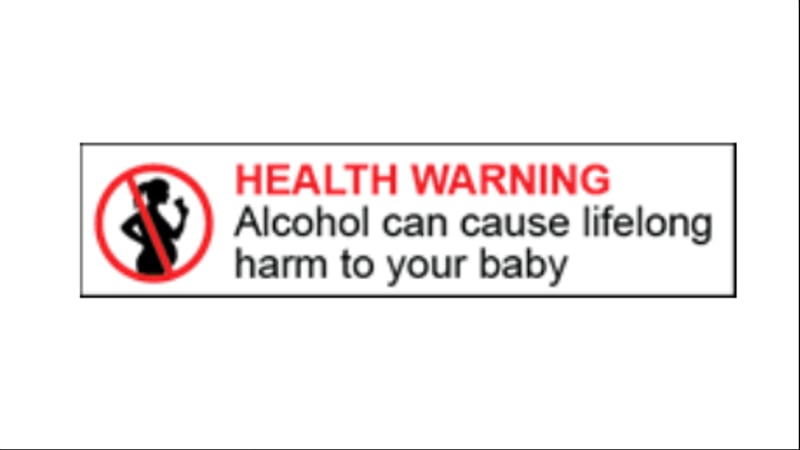According to data from the IWSR Drinks Market Analysis and Statista, 80% of wine consumed across the country is red. Retail sales of red wine in China were valued at some US$64.6bn in 2018, whereas annual white wine sales totalled some US$4bn.
“Working with importers [and looking] at inventory, [we found] sales were roughly the same even when looking at volumes to top restaurants in the country and more ‘mature’ markets like Shanghai or Beijing,” certified sommelier, exclusive wine consultant for China Eastern Airlines and China wine industry expert Emilie Steckenborn told FoodNavigator-Asia.
“It will be very hard to topple red’s dominance of the market because of the colour itself – red in Chinese culture is traditionally associated with luck, fortune, prosperity, auspiciousness and all of that. Wine in China is generally drunk at business or social gatherings, where naturally everyone will want to be associated with positive symbolism.
“White wine is usually served chilled and the locals don’t quite like that even it is generally a better pair for Chinese cuisine; whereas sparkling is rarely popular as locals tend to find it weird.”
Steckenborn also told us that the current market leading brand in this regard is Cabernet Sauvignon, which is also leading in Asia and a dominant player in the market.
“Because Cabernet Sauvignon is so well known, brand name recognition likely also plays a key role here, especially in business settings,” she said.
Brand recognition is a key growth factor for many industries in China, and wine is unlikely to be any different – a fact that can be observed from the dominance of just four brands overall for online wine sales.
The top four key brands making up 40% of wine sales on the popular Alibaba platforms Taobao and Hema are: DBR Lafite, Penfolds/Rawson Retreat, Yellow Tail and Concha Y Toro.
“Online wine purchasing is generally more popular for the younger generation and for cheaper types of wine, where consumers find it less risky [to make purchases] and feel more free to explore different things,” Steckenborn added.
China wine market’s greatest challenges
However, she acknowledged that the greatest challenge currently faced by wine market in China is counterfeit wines, a public enemy that applies across all types of wine.
“There are two main problems here: Fake wine and Parellel wine,” said Steckenborn.
Fake wine refers to wine that is completely not of the producer’s (as labelled on the bottle) production, whereas parallel wine refers to wine that has been bought overseas, possible tax-free, and then resold in the country for a profit.
“The problem with parallel wines is that you don’t know if the production has been done right, whether anything illegal has happened behind the scenes, the conditions of storage, transportation, temperatures, and so on,” she explained.
“Fake wine has the potential to ruin a brand in the eyes of the public, whereas parallel wines significantly cut into the legitimate brand owner’s profits [for a potentially lower quality product which would also affect brand reputation].
“It’s hard to control the sales of these, especially online and in smaller stores – the labels could be the same, the price the same, but cheating end-consumers of the real thing.”
In addition, although online wine sale prospects remain positive [link to previous article], on-trade sales for foodservice is expected to suffer this quarter due to the novel coronavirus outbreak as well.
“Large gatherings are not ongoing now, so people are less likely to come together and drink or go out to restaurants and cafes, so although online wine sales still look okay, the wine sector and especially on-trade might go down this quarter,” she said.





